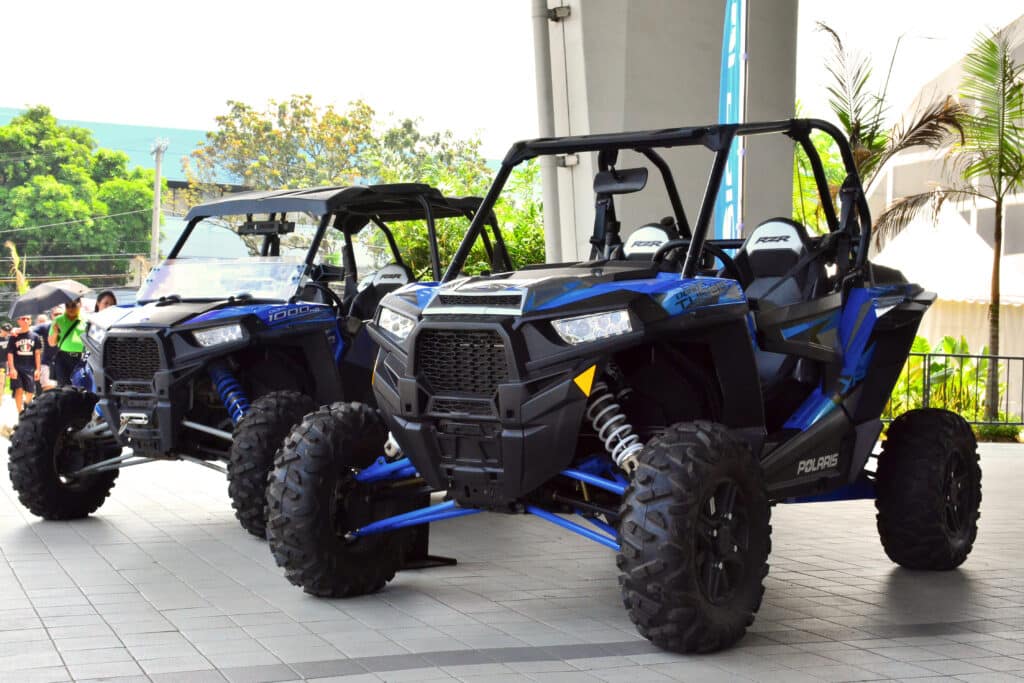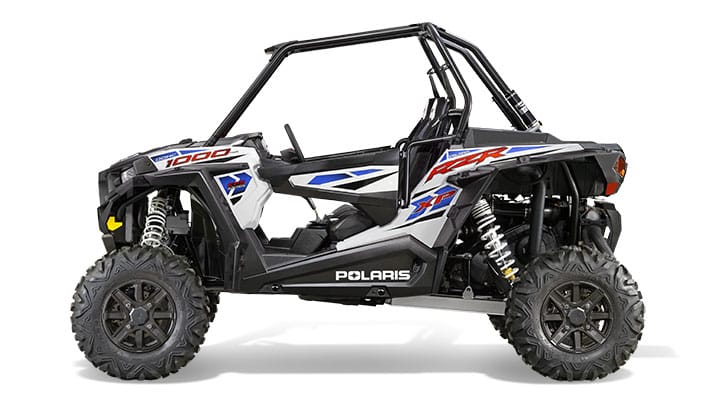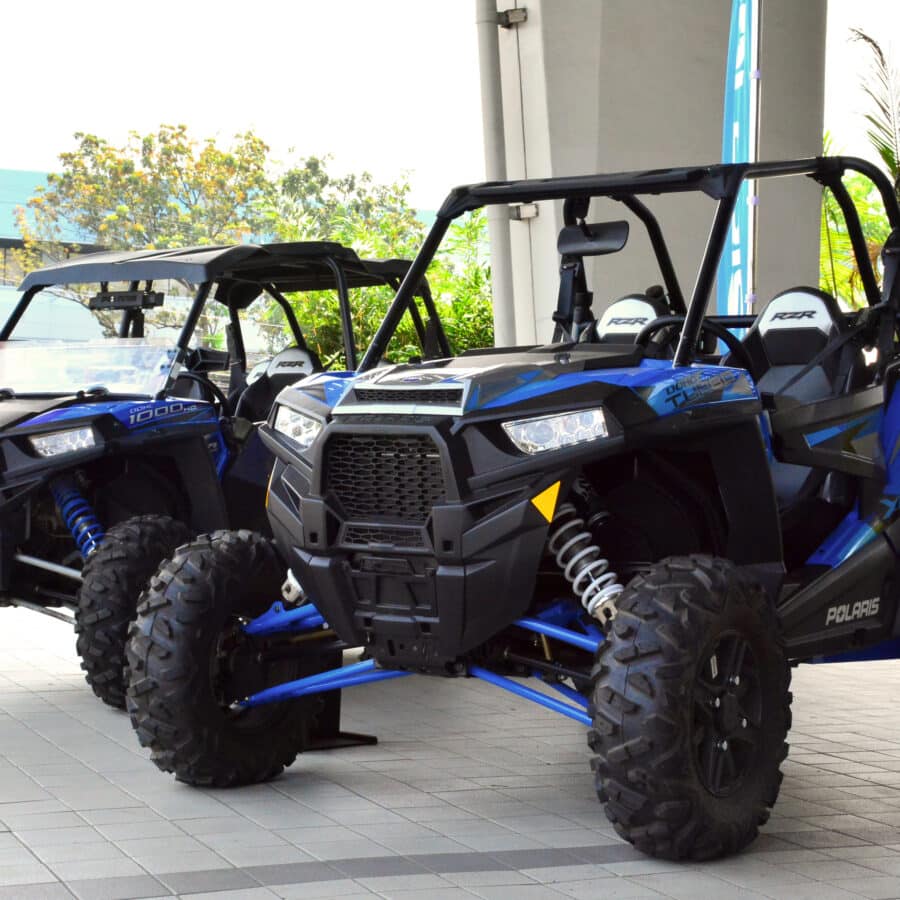The Polaris RZR is a side by side ATV that is smaller and faster than many other brands on the market. The manufacturer’s website claims it can go up to 55 miles per hour. It also supposed to be relatively stable because of a low center of gravity. Many ATV enthusiasts are raving about this relatively new model, but because all ATVs can pose a safety risk, it is worth taking an extra look at the Polaris RZR Off Road Recreational Vehicle.
Are There Design Flaws in the Polaris RZR?

Four problems have been reported with the Polaris RZR, a side by side ATV.

Four problems have been reported in the Polaris RZR. The first and most serious problem was a tendency of the fuel tank to leak, causing a fire hazard. This was not a design flaw, but a manufacturing defect and the 330 2008 Polaris Ranger RZR 800 EFI Utility Vehicles involved were voluntarily recalled by Polaris when it became aware of the problem.
A second problem reported by some owners has been a tendency by the seat belts not to retract easily. This is an inconvenience, but does not present a safety problem, unless it discourages people from using the seat belts.
The third problem reported has been a tendency of the air filter being unable to prevent debris from entering the engine. Polaris has taken steps to remedy this situation, but it is not yet entirely fixed. This is another inconvenience, but it is unlikely to pose a safety risk. The only possible risk would be having the engine stall while negotiating perilous terrain.
A fourth problem has been the tendency of the axles on the Polaris RZR to break. Now obviously, this could lead to a serious accident. However, the problem seems to originate when lift kits have been added to the vehicle; no incidents of the Polaris RZR being prone to axle breakage when the vehicle is left in its original-factory mode have been reported.
What about Problems that can Lead to Rollovers?
The Polaris Ranger RZR (the acronym is pronounced Razor, by the way) has been on the market for around two years. No particular rollover problems have been reported in this time, but all ATVs are somewhat prone to rollover accidents—it is inherent in their design.
The Polaris RZR has been designed with a lower center of gravity than other ATVS and this does make it less likely to tip or rollover. It is equipped with deep foot wells and nets to keep your legs safely within the vehicle if it does rollover.
The Polaris RZR is lighter and narrower than other side-by-sides; this is advantage, but it could also pose a safety risk. Being lighter means the RZR is easier to transport, but it could also make it more prone to tipping and rollovers. Being narrower means that it can navigate in tighter places than other side-by-sides, but this could also lead the operator to get into some risky situations.
Newsome’s experienced personal injury attorneys are “ATV accident” attorneys. They are experienced in dealing with personal injury cases stemming from all kinds of motor vehicle accidents, including accidents involving ATVs. If you or someone you love has been injured in an ATV accident, contact Newsome today. Simply fill out the handy case evaluation form on the right of the screen and one of our experienced personal injury attorneys will advise you of your legal rights and help you get the compensation you deserve.
So is the Polaris RZR Safe?
So is the Polaris RZR as safe as the manufacturer claims? This remains to be seen. The model is barely two years old, so there has not been sufficient time to collect adequate statistics on its safety record. What is known is that ATV accidents have been on the rise as they have gained popularity and younger and more inexperienced operators drive them. In 2004, the Consumer Product Safety Commission received reports of over 400 deaths due to ATV accidents.
If you enjoy riding ATVs and want to protect your family from accidents, follow some basic rules:
- Adult ATVS should only be driven by people 16 or older.
- All ATV riders and drivers should wear appropriate safety helmets with face protection or goggles.
- Everyone who operates an ATV should take a safety course before doing so.


